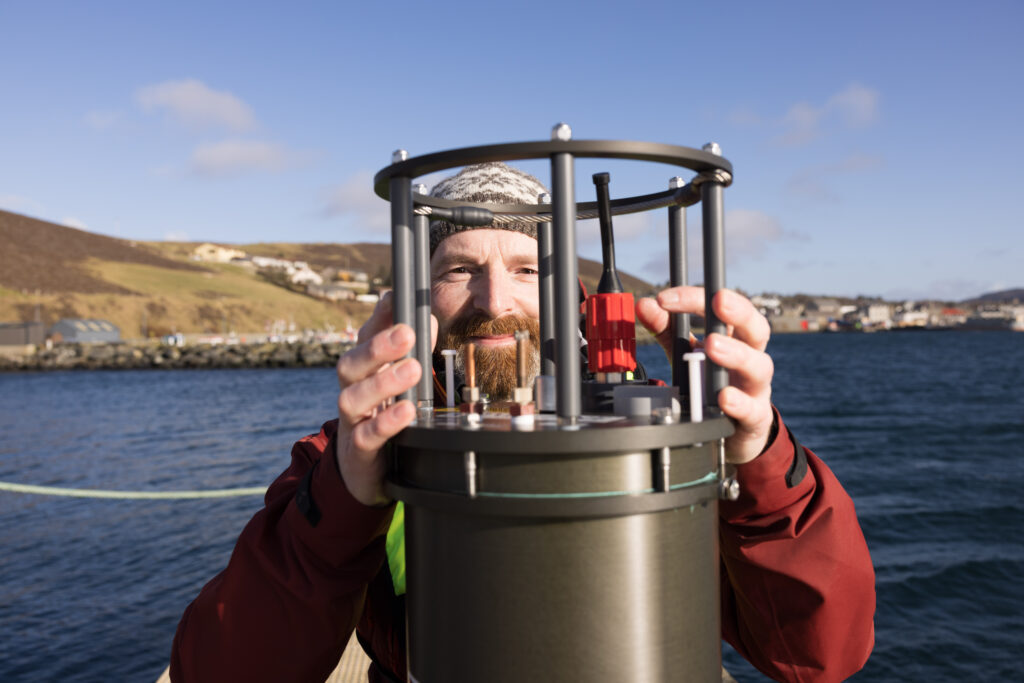Shetland farms to get early warning of algal blooms

Finfish and shellfish farmers in Shetland are set to get an early warning of potentially deadly algal blooms, thanks to investment in new technology.
The initiative, funded by Highlands and Islands Enterprise with a grant of £185,000, is being led by UHI (University of the Highlands and Islands) Shetland, in collaboration with the Scottish Association for Marine Science (SAMS).
The grant will be used to purchase an Imaging FlowCytobot (IFCB), an autonomous device that can scan water samples for phytoplankton (micro-algae) using flow cytometry, lasers and cameras. The IFCB then beams this data to the cloud for specialist analysis allowing phytoplankton detection and monitoring.
The device is submersible and can work unattended in situ at an aquaculture site or monitoring station.
Working around the clock, the IFCB detects early signs of harmful algal blooms, and this rapid detection can help to inform early stock management decisions that can protect the welfare and security of aquaculture stocks.
The device will be supplied by McLane Research Laboratories Inc (MRL), an independent commercial arm of Woods Hole Oceanographic Institution (WTI), which developed the technology.
While phytoplankton are necessary to farm shellfish such as mussels, they can grow to toxic levels and they can also be lethal to finfish, by producing toxins or simply by starving the fish of oxygen.
With the help of SAMS, machine learning capabilities, using a deep learning artificial intelligence approach, will be developed to identify and count individual species present in a local waterbody from the tens of thousands of images captured by the IFCB every hour.
Running alongside these developments will be a PhD studentship, led by SAMS UHI, Marine Scotland and Scottish innovation support body The DataLab, which are currently recruiting for that role.
Gregg Arthur, aquaculture manager at Shetland-UHI said: “This autonomous device is a game changer and this second IFCB to come to the UK complements a project already running in the Isles with Seafood Shetland, which includes the first IFCB and is supported by the SIC’s Coastal Communities. The IFCB gives us a much higher resolution picture of phytoplankton abundance at any given time and is a specialist tool for monitoring numbers and species as these change throughout the seasons.
“This will be a very important dataset allowing us to improve our approaches to sustainable aquaculture. Successful aquaculture relies upon understanding our interactions with the natural environment and this device will enhance our capability and knowledge significantly in the area where it’s deployed.”
Elaine Jamieson, head of blue economy and food and drink at HIE, said: “The ambition for continuous improvement by utilising new data driven technology is a credit to both academia and businesses in the aquaculture sector. This investment creates new opportunities that are aligned to our ambitions for sustainable use of ocean resources for economic growth, improved livelihoods and community prosperity.”
Half of the HIE funding approval is from the Scottish Government Islands Green Recovery Programme, which was administered in the region by HIE.

Gregg Arthur, Aquaculture Manager, UHI Shetland with FlowCytobot, Shetland

